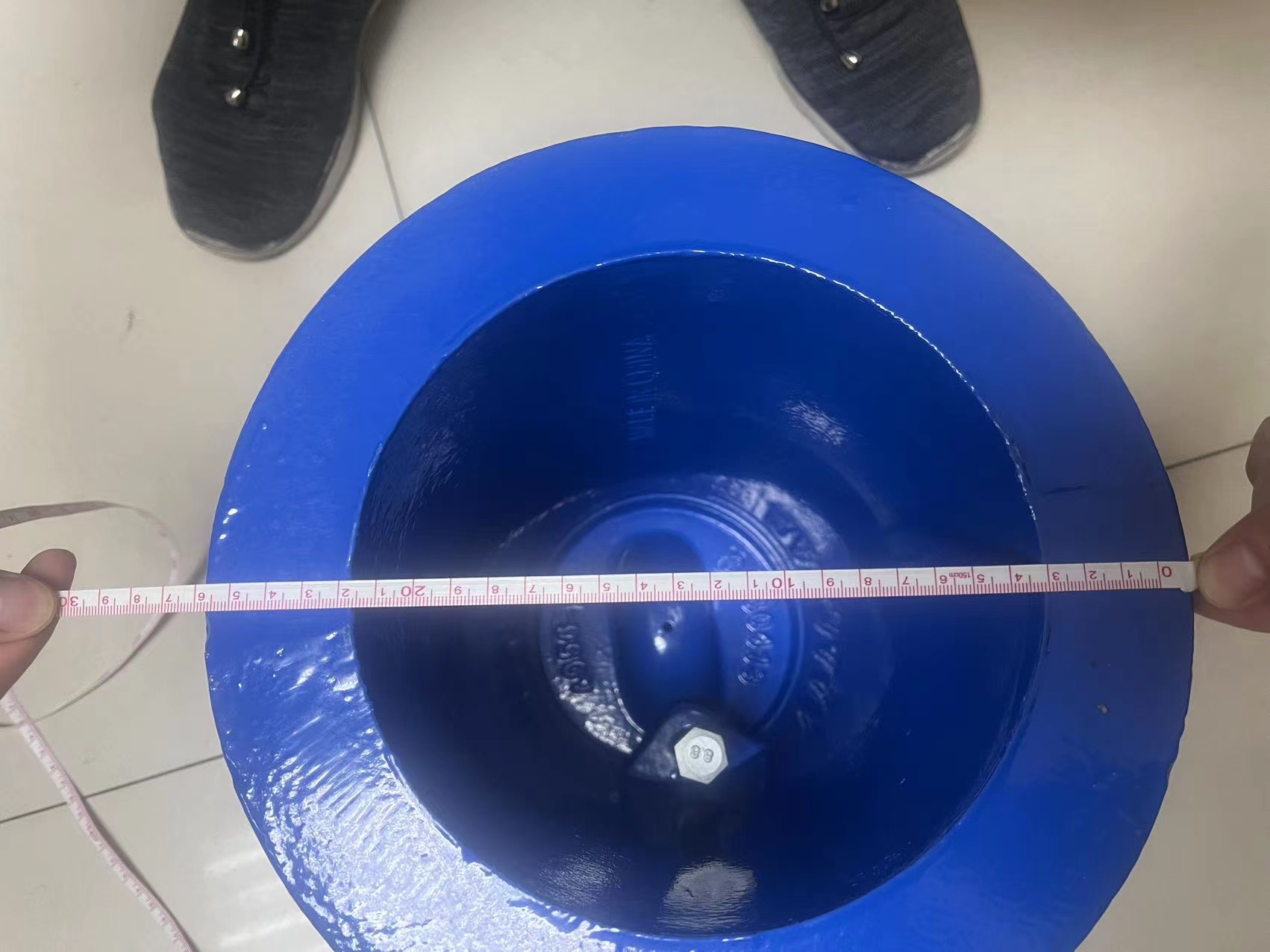Cost of Installing Automatic Bollards for Enhanced Security and Traffic Control
Understanding the Cost of Automatic Bollards A Comprehensive Guide
The increasing demand for urban safety and traffic management has led to the widespread use of automatic bollards. These innovative devices serve multiple purposes, including controlling vehicle access, enhancing security, and managing pedestrian traffic in a variety of settings such as airports, shopping malls, and city centers. However, one of the crucial factors for businesses and municipalities considering their installation is the cost. In this article, we will explore the different elements that contribute to the overall cost of automatic bollards and provide insight into why they are a worthwhile investment.
Initial Purchase Costs
The primary component of the total cost is the initial purchase price of the automatic bollards themselves. On average, the cost of a single automatic bollard can range from $2,000 to $10,000 or more, depending on factors such as the material, design, and technology used. For instance, high-quality stainless steel bollards with advanced features like hydraulic lifting mechanisms will be at the higher end of the price spectrum. Meanwhile, simpler options may cost significantly less.
Installation Expenses
Once the bollards are purchased, the next significant expense is installation. Installation costs can vary widely based on the complexity of the job, local labor rates, and whether any additional groundwork is required. On average, installation can add anywhere from $500 to $2,000 per bollard to the overall cost. It is essential to have a qualified technician handle the installation to ensure that the bollards function correctly and comply with local regulations.
Maintenance and Operational Costs
automatic bollard cost

Like any mechanical system, automatic bollards require regular maintenance to ensure longevity and reliability. Maintenance costs typically hover around 10-15% of the initial purchase price annually. This includes routine checks, lubrication, and repairs. Additionally, operational costs such as electricity for electric bollards or hydraulic fluid for hydraulic models should also be considered. Fortunately, many bollard models are energy-efficient, which can help minimize ongoing expenses.
Additional Features and Customization
Many businesses opt for additional features or customizations for their bollards, which can significantly impact the overall cost. Options such as remote control access, integration with security systems, and aesthetic customizations can raise the initial price. It's not uncommon for total costs to exceed $15,000 for high-end models with comprehensive capabilities. However, these features are often necessary for enhanced security and convenience, particularly in high-traffic areas.
Long-Term Value
While the initial investment may seem high, it is essential to consider the long-term value that automatic bollards provide. By effectively managing vehicle access and enhancing security, they can prevent unauthorized entry and vehicular accidents, potentially saving businesses and municipalities significant amounts in liability costs and damages. Furthermore, automatic bollards can improve pedestrian safety, making public spaces more inviting and accessible, which can, in turn, foster economic growth in the area.
Conclusion
Understanding the costs associated with automatic bollards is crucial for making an informed decision. From the initial purchase to installation, maintenance, and potential custom features, the costs can vary widely. However, when considering the long-term benefits and value these devices provide in enhancing safety and traffic management, they represent a smart investment for urban areas and businesses alike. By carefully assessing your needs and budget, you can successfully implement automatic bollards that will serve your establishment for years to come.
-
The Smarter Choice for Pedestrian AreasNewsJun.30,2025
-
The Gold Standard in Round Drain CoversNewsJun.30,2025
-
The Gold Standard in Manhole Cover SystemsNewsJun.30,2025
-
Superior Drainage Solutions with Premium Gully GratesNewsJun.30,2025
-
Superior Drainage Solutions for Global InfrastructureNewsJun.30,2025
-
Square Manhole Solutions for Modern InfrastructureNewsJun.30,2025
-
Premium Manhole Covers for Modern InfrastructureNewsJun.30,2025
